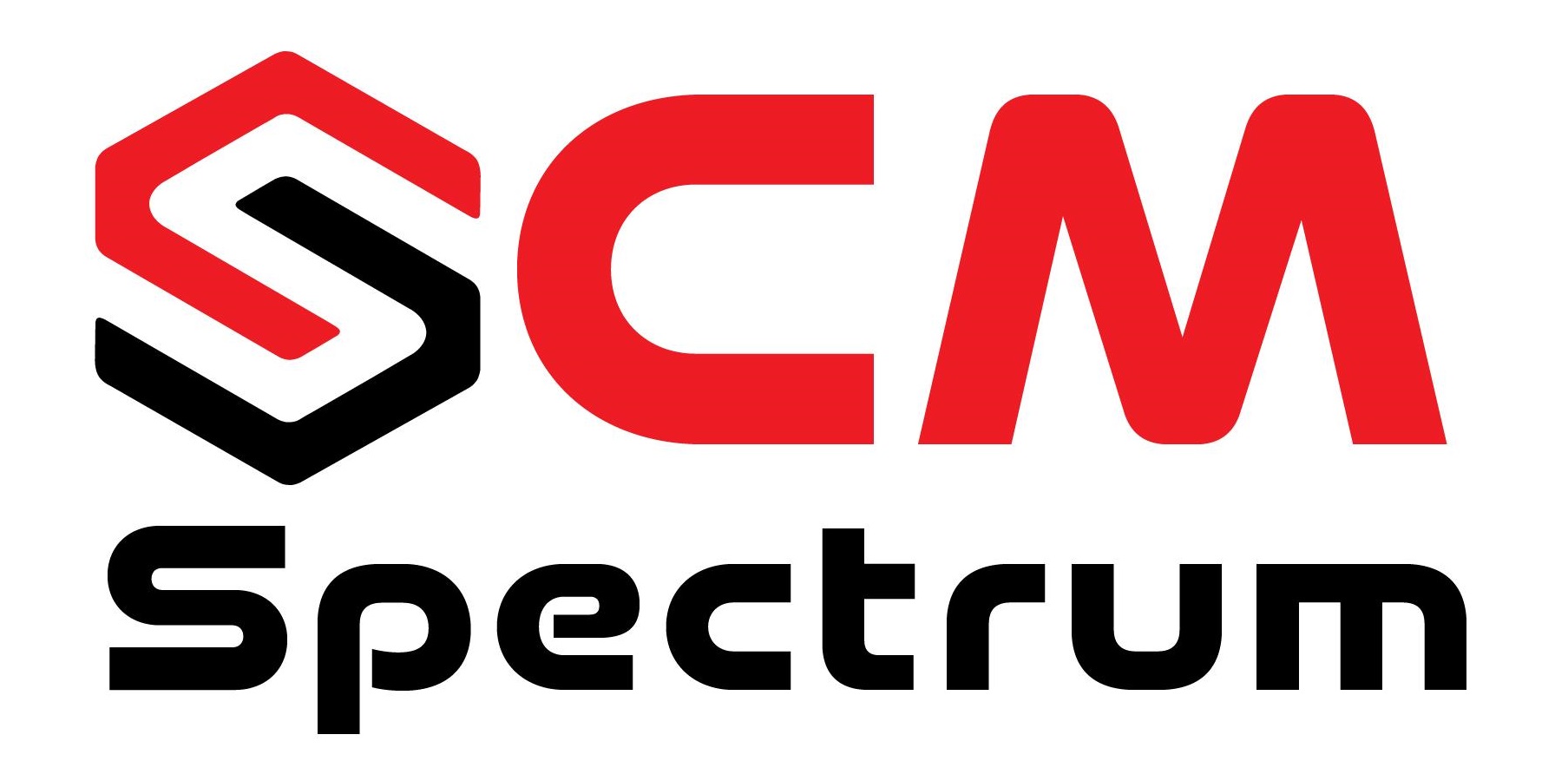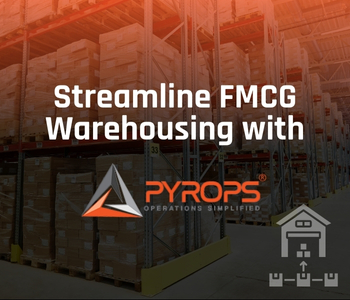The Indian logistics industry is undergoing a remarkable transformation, driven by technological advancements and evolving market dynamics. As the sector adapts to new realities, it is becoming increasingly essential for businesses to incorporate cutting-edge technologies and adjust to changing consumer expectations. In this article, we explore the key trends shaping the logistics landscape in India and how businesses are responding to these developments.
Growth Projections and Strategic Shifts
The Indian logistics market is experiencing rapid growth and is expected to reach approximately $380 billion by 2025, growing at an annual rate of 10%-12%. The industry’s evolution is further accelerated by the government’s aim to reduce logistics and supply chain costs from 13-14% of the GDP to 10%. This push towards efficiency highlights the government’s commitment to improving India’s logistics infrastructure and boosting its global competitiveness.
Technological Advancements Driving Change
One of the most significant changes in the logistics industry is the widespread adoption of new technologies. The integration of IoT, AI, machine learning, and robotics is transforming how logistics companies operate. These technologies enable real-time visibility, optimize supply chain management, and enhance efficiency. As a result, businesses are now able to anticipate demand fluctuations, streamline operations, and deliver better customer experiences.
Drone Deliveries Revolutionizing Last-Mile Logistics
To overcome challenges like traffic congestion and remote deliveries, companies are turning to drone deliveries. Major players, such as Zomato, Swiggy, Amazon, and Flipkart, are investing in drone technology to enhance the speed and efficiency of their delivery operations. Drones can bypass traffic and reach hard-to-access locations, offering a faster and more cost-effective solution for last-mile delivery. Consequently, drone deliveries are becoming a key component in the logistics strategy of these companies, reshaping the industry’s landscape.
Rise of Direct-to-Consumer (D2C) Models
The rise of Direct-to-Consumer (D2C) brands is another major trend in the Indian logistics sector. The increased penetration of e-commerce, coupled with improved digital infrastructure, is driving the growth of D2C businesses. By eliminating intermediaries, D2C brands offer products directly to consumers, ensuring greater control over the customer experience. Established FMCG companies now face intense competition from these new-age D2C brands, which has led to a more dynamic and competitive market environment.
Consumer Expectations and the Demand for Quick Commerce
Consumer expectations regarding delivery times have shifted drastically in recent years. While some customers are content with a 3-5 day delivery window, there is still a significant demand for faster shipping options. This growing expectation of rapid delivery times has led to the rise of quick commerce. Retailers are now being challenged to meet these varying demands for speed, which calls for more flexible and efficient logistics solutions. Businesses are increasingly focusing on optimizing their supply chains to deliver products in shorter timeframes, enhancing their competitiveness in the market.
Supporting MSMEs with Cost-Effective Solutions
Micro, Small, and Medium Enterprises (MSMEs) play a critical role in India’s economic growth, contributing nearly 27% to the country’s GDP. However, these businesses face significant challenges related to logistics, including transportation inefficiencies and the need for greater e-commerce adoption. To support MSMEs, logistics companies are offering cost-effective solutions that help streamline their operations and improve market reach. By providing efficient warehousing and transportation networks, logistics firms enable MSMEs to access larger markets and compete with bigger players in the industry.
Conclusion: Adapting to the Future of Logistics
In conclusion, the Indian logistics industry is rapidly evolving to meet the demands of a modern, tech-driven economy. By embracing technological innovations, catering to emerging consumer needs, and supporting MSMEs, the industry is paving the way for a more efficient, customer-centric future. As the sector continues to grow and adapt, businesses will need to stay ahead of trends and continuously innovate to remain competitive. The transformation of the logistics industry is not only essential for economic growth but also crucial for the continued success of India’s digital and e-commerce sectors.







